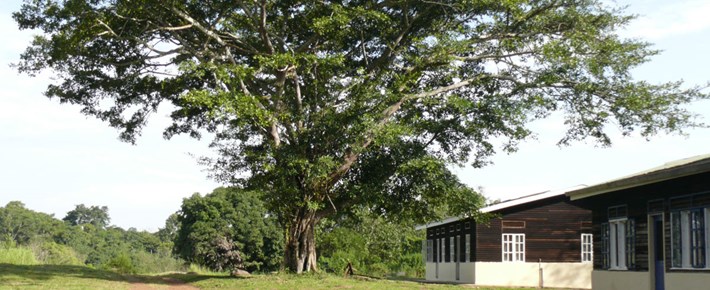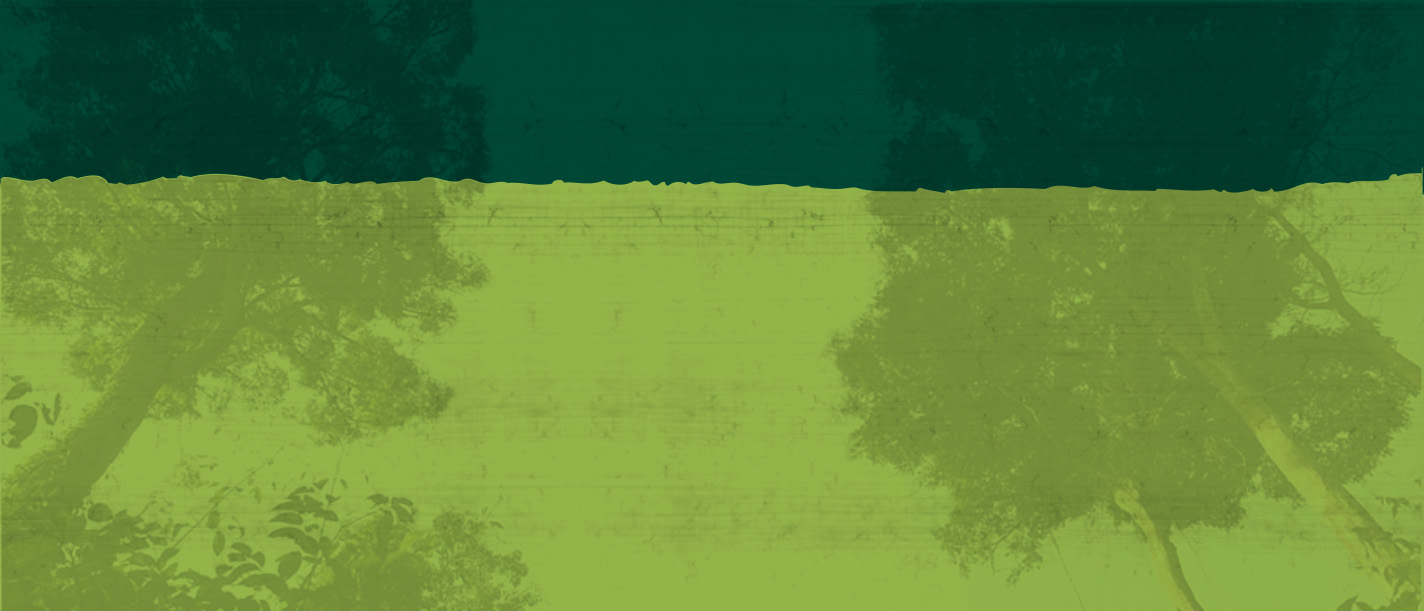Veterinary Centre

The BCFS Veterinary centre provides a much-needed facility to support the ongoing work of monitoring the health of the two habituated chimpanzee communities which BCFS field staff observe daily, as well as outreach facilities.
Gallery
During 2011 one of the former sawmill houses was fully renovated and a purpose-built laboratory designed to serve as the BCFS Veterinary Centre. We are grateful for funds from the Arcus Foundation and Apetag Conservation Initiative which enabled this achievement, and to other individual donors.
The laboratory is well-equipped with solar power to run a refrigerator, and has digital and light microscopes, a centrifuge and all the necessary reagents for preparation of samples for parasitology. The laboratory also has GPS handsets for use in fieldwork, and automated data rainloggers.
The BCFS Veterinary Centre is headed by Dr Caroline Asiimwe, who is assisted by up to five interns a year, seconded from Makerere University's College of Veterinary Medicine, Animal Resources and Biosecurity (COVARB), which provides them with invaluable field experience. The vet centre has now been officially recognized as the National Chimpanzee Veterinary Centre for Uganda, and we hope its work will one day extend internationally e.g. into Tanzania.
Dr Asiimwe and her team are leading participants in the Albertine Rift chimpanzee health monitoring programme and, in early 2012, convened a workshop for other partners including JGI-Uganda, UWA, NFA, and field staff across all chimpanzee research and eco-tourism sites in Uganda. Key objectives were to standardise procedures and data collection, and to develop a protocol for monitoring chimpanzee health and also guidelines to minimise disease transmission from field staff, local human populations and visitors, and vice versa. This protocol is now widely used and the BCFS team visits other sites to support the relevant staff and provide training in primate behaviour, veterinary fieldwork including observations, clinical signs, recording and early reporting, and sample collection.
They have themselves undertaken training in darting procedures and protocols in case of a need for emergency intervention (see examples below).
Ongoing work includes monitoring and comparing the parasite loads in fecal samples of different communities and populations of chimpanzees, colobus monkeys, baboons and local human settlements. Similar comparisons are made in regard to observations and records of respiratory infections, and diarrhoea. It is already clear that chimpanzee communities close to human habitations share many parasites and infections.
Cases which have been dealt with in recent years by BCFS and its partners particularly JGI, UWA and CSWT (Chimpanzee Sanctuary and Wildlife Conservation Trust include: Chimpanzees sometimes get caught in man-traps which are frequently set on the fringes of forest fragments close to fields growing crops. Where the chimp cannot get away, or receives a life-threatening injury, the team intervenes. Several chimps trapped have been released, their wounds treated and enabled to rejoin their community. Where a chimp or other primate is found dead, the vet team collect the body and perform an autopsy to ascertain the cause of death.
The team continues to closely monitor all births. Unfortunately many infant chimpanzees are killed by adult males in the first few days of life, and BCFS is exploring what likely factors contribute to this phenomenon.
In addition to this veterinary work, the vet team is also responsible for the community outreach work done by BCFS such as raising awareness, livestock improvement, liaison with agribusiness threatening the forest perimeters, a goat-breeding scheme to replace bushmeat hunting and other conservation work.
Related Content
- Explore
- Field Station Map
- Chimpanzee groups
- The Budongo Forest
- Accommodation
- BCFS Museum
- Veterinary Centre
- Herbarium
- Herbarium Plant Specimens
- Chimpanzee food list
Latest Articles
-
Perspectives Collective Journal Launch
February 21, 2024
-
Snares are major threat to juvenile chimps in Budongo
November 25, 2022
-
Albino infant chimpanzee sighted in Sonso
September 07, 2021
-
The silver linning of COVID-19
September 15, 2020
-
ILLEGAL ACTIVITIES ON THE RISE IN BUDONGO FOREST RESERVE DURING THE COVID-19 PANDEMIC
May 21, 2020







